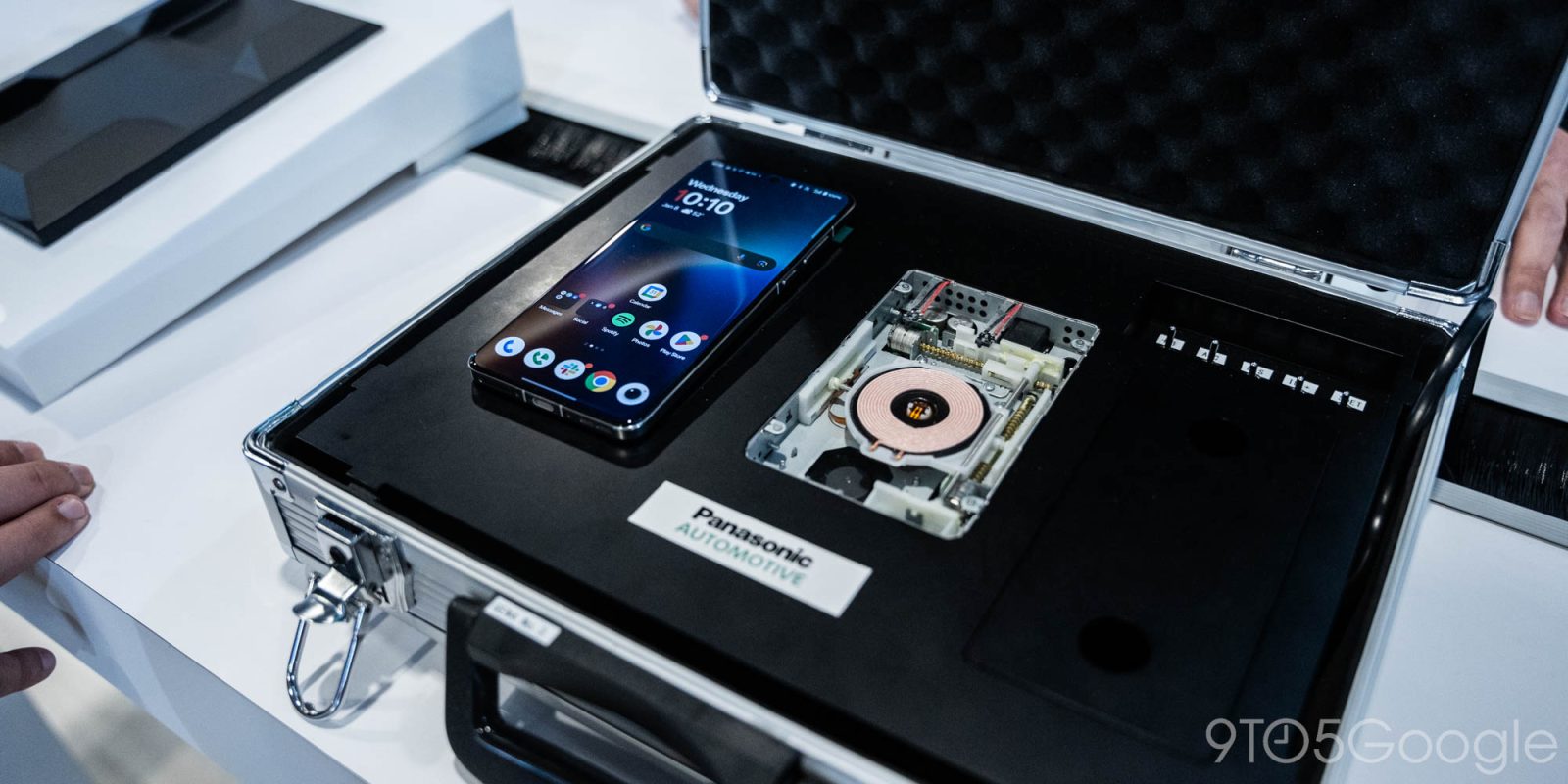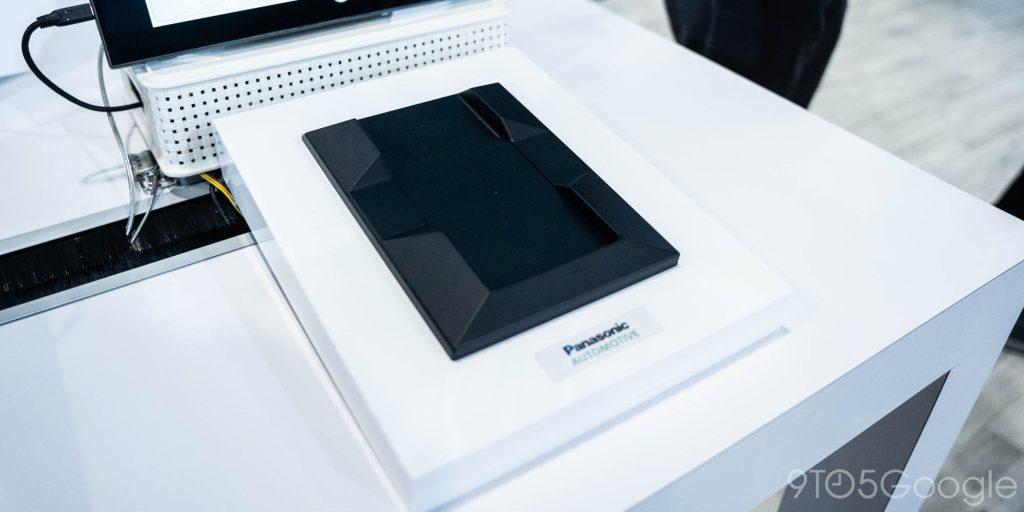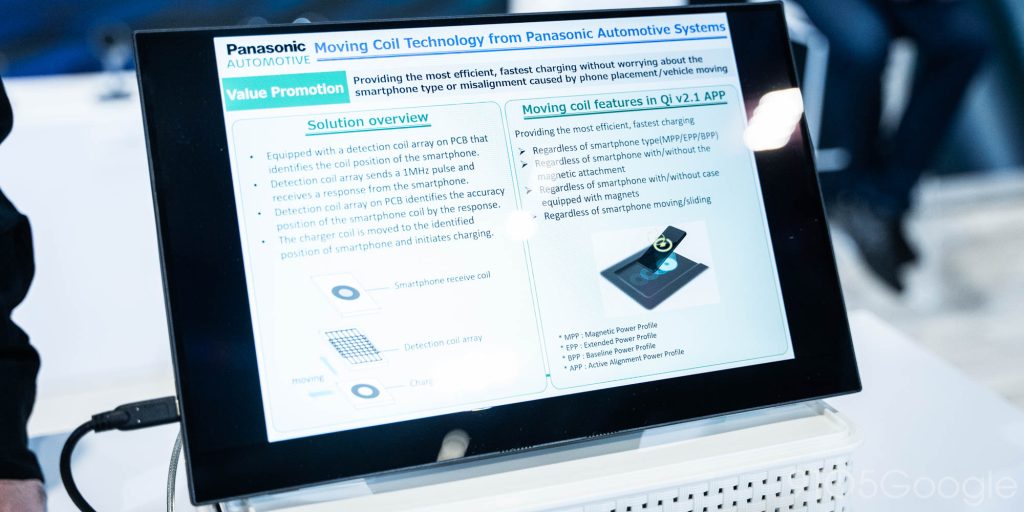
At CES 2025, two years after Qi2 was first introduced, the first update to the standard was released. It brings “Qi2 Ready,” as well as new support for chargers that have a moving coil.
One of the big focus points of Qi2 is using magnets to improve the alignment of the coils that exchange power when a device is being charged wirelessly. Having perfect alignment results in more efficient and cooler charging, which is a win for everyone. But, in a new “extension” to Qi2, the WPC is also opening support for chargers that instead just move the coil into whatever location the phone is placed in.
This is part of the Qi 2.1 update which also brings “Qi2 Ready” into the fold, another extension which allows combinations of devices and accessories to create a device that works with Qi2 accessories.
The WPC explains:
Wireless charging capabilities for vehicles can be challenging because of variable phone dimensions, user placement, and the vehicle’s movement. Phones that don’t have Qi2’s magnetic attachment suffer from inconsistent alignment with the charging coil. The new moving coil looks for the phone’s exact location, so it can lock in a perfect connection every time and provide the fastest and most efficient charging speed.
Panasonic Automotive Systems developed this new addition with vehicle applications in mind. Specifically, for vehicles that have a wireless charging area in the center console. The idea is to allow users to place down their phone anywhere on the pad and have the coil move into place to efficiently charge the device. That won’t matter at home, usually, but it’s very helpful in a car.
In a quick look we had at CES 2025, the demo device worked brilliantly, finding the wireless charging coil on my OnePlus 13 effortlessly, and adjusting even on very small movements.
This works extremely accurately, and also doesn’t require magnets, as the OnePlus 13 doesn’t have built-in Qi2 magnets. So how does it find the device? It was explained that the charger sends a small pulse to find the phone and then uses a “detection array” to figure out where the coil is. Once that has been determined, the charging coil moves into place and charging begins.
I’d be curious to see how this hardware will age, but it works very well, and I’m quite excited to see this in vehicles. More so, I’d really want someone to put this in an aftermarket accessory, but I’m sure that’s a ways out.
What do you think?
More on Qi2:
- The OnePlus 13 doesn’t have Qi2, but tries to fake it with new charger and these cases
- ‘Qi2 Ready’ is the official excuse for Android phones to skip built-in magnets
- The Galaxy S25 probably won’t have Qi2, but might have faster wireless charging
Follow Ben: Twitter/X, Threads, Bluesky, and Instagram
FTC: We use income earning auto affiliate links. More.




Comments